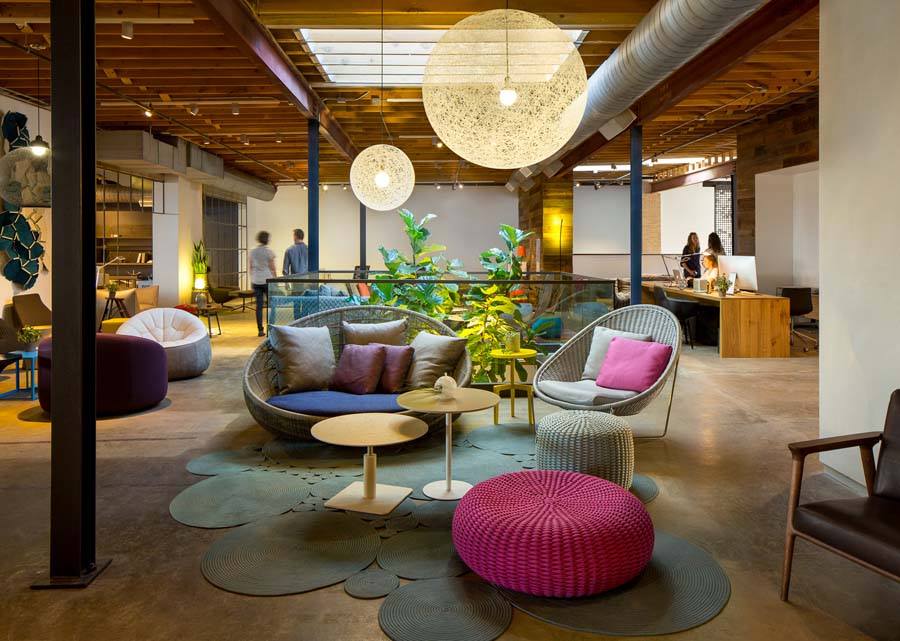This op-ed column, authored by rotating guest writers, aims to stir conversations on architecture and design among our creative community.
 WHY FURNITURE IS COSTLY—AND WORTH THE INVESTMENT
WHY FURNITURE IS COSTLY—AND WORTH THE INVESTMENT
WORDS: JONATHAN AUTY, STUDIO COMO
“WHY IS EVERYTHING SO EXPENSIVE?” THROUGHOUT 15 YEARS OF SELLING HIGH-END MODERN FURNITURE, THIS IS A QUESTION I HEAR AGAIN AND AGAIN. I HAVE TO ADMIT, IT’S A FAIR QUESTION, AND THE ANSWER IS SURPRISINGLY SIMPLE. IT ALL COMES DOWN TO THE COST OF PRODUCING THE PIECE. MORE SPECIFICALLY, IT HAS TO DO WITH THE RELATIVELY HIGH COST OF PRODUCING A LONG-LASTING, QUALITY DESIGN. (MORE ON THAT IN A MOMENT.)
Then again, just because it’s a fair question doesn’t mean it’s the right question. Perhaps a better question might be: “What is the true value of good furniture, and how can I get the most for my money?”
This approach requires a shift in perspective, because most people, for reasons unknown, don’t give much thought to the importance of furniture design. Yet design and performance are always linked; we can easily point to the weighty consideration given to design within the fashion industry, the athletic shoe industry, or even the bicycle industry. The most obvious parallel, of course, is the automobile industry. We love our cars, and we’re not afraid to spend tens of thousands of dollars on a good one.
Whenever someone asks me why a particular sofa is priced as such, I answer with a few questions of my own. “What do you drive? And what made you choose that brand?” The answers vary somewhat, but common themes tend to emerge as customers speak of their cars’ performance, comfort, style, reliability, or resale value. In other words, they are drawn in by the specific design aspects that speak to them most directly. The cost seems reasonable, because we’ve been taught that getting a good car includes the cost for all of the arduous design work that goes into producing it. And there is the intangible notion that is always an important factor: Does your choice move you emotionally?
People tend to be passionate about their design choices (fashion, shoes, bicycles, cars). So why should their furnishings be any different? After all, good furniture does not happen by accident. Consider the engineering costs, the material costs, and the less obvious costs of moulds and other tools which may be necessary for the actual production process. There may also be the cost of commissioning a designer, some of whom receive royalties to compensate for the effort required to create something special.
Charles Eames often went through hundreds of prototypes before he was satisfied with the design. I personally know of a Spanish manufacturer who made more than 100 moulds for a cast aluminum leg for a dining chair—because making a leg is easy, but making a truly beautiful leg that can also support 500 pounds is, in fact, quite hard. Then come the additional variables. Maybe the chair must also be lightweight. Maybe it should stack. Do we need an outdoor version? And so on. For millions of people, the process of buying new furniture entails half an hour spent walking around the nearest showroom (often one of the enormous warehouse chains) until settling for something that’s reasonably comfortable, looks like it will blend in with the rest of the house, and doesn’t cost too much. But what if that “affordable” piece falls apart in two years and needs to be replaced? Upscale furniture can be expensive, but that price tag gets you more than just style. It gets you longevity, as well. In the long run, costlier pieces frequently bring the best value—and, incidentally, they’re also more likely to be the pieces that you absolutely love, which really does count for something.
In any industry, design has many price points. As a general rule, better materials + better engineering = better quality. Or, put differently, better materials + better engineering = higher value. Know that lower-priced furnishings have a higher markup than their higher priced counterparts; you actually receive less value per dollar spent. And no matter your price point, there are a few things that everyone should take into consideration when shopping for new furniture. Did the store that sells the item manufacture it?
If not, who did and where? Do they also make furniture for other lines? What is the quality of the fabric? (The cost of the covering can be as much as 50 percent of the overall price.) If you prefer leather, ask about the process of making the leather and whether it is finished, corrected, synthetic, or top grain.
Commit plenty of time to the process. Think about your specific priorities and ask every related question you can imagine. Try to balance long-term and short-term concerns. Enjoy the all-too-rare opportunity to plop your behind in lots of wildly different options as you try to visualize sitting here, in this spot, for countless hours over many years. Find something that speaks to you. I once worked with a gentleman who would say, “We sell furniture that makes you smile.” I snickered when I first heard that, but it is absolutely true.
Treat it, then, like you’re buying a car. Because you aren’t just looking for someplace to sit … you should also love and be happy with your choice.
ABOUT THE AUTHOR
Jonathan Auty is the Studio Como Contract Director and has been in modern furniture for over 15 years, working for Ligne Roset, Design Within Reach, and multiline showrooms in Philadelphia and Chicago, as well as Denver. His professional travels have included stops in Seattle, Philadelphia, Dallas, Miami, Chicago, and New York, as well as overseeing showrooms in over a dozen other major U.S. metropolitan areas. He is also the owner of ModMobili, a modern accessories website.




